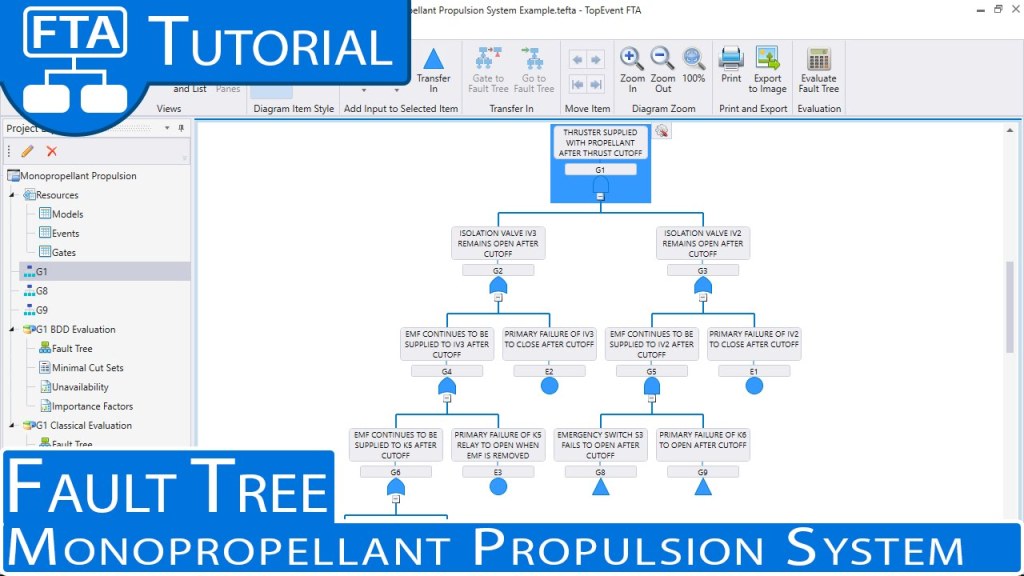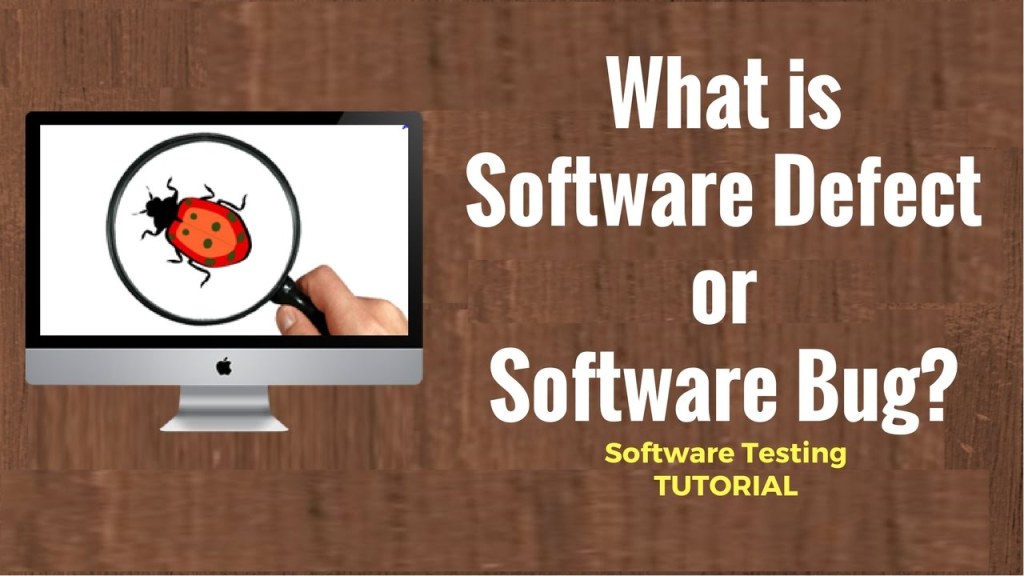Master Software Faults With Our Comprehensive Tutorial: Uncover Tips And Solutions Now!
Software Fault Tutorial: A Comprehensive Guide to Understanding and Resolving Faults
Greetings, Readers! Today, we delve into the world of software faults and explore various techniques and methods to tackle them effectively. In this article, we will provide a step-by-step tutorial that will equip you with the knowledge and skills to identify, troubleshoot, and resolve software faults. Whether you are a seasoned developer or a curious beginner, this guide will prove to be invaluable in enhancing your understanding of software faults.
Introduction
In the fast-paced world of software development, faults are inevitable. Software faults refer to errors or defects that occur in computer programs, resulting in unexpected behavior or system failures. These faults can be caused by a multitude of factors, such as coding errors, hardware malfunctions, or external interference.
3 Picture Gallery: Master Software Faults With Our Comprehensive Tutorial: Uncover Tips And Solutions Now!



Understanding software faults is crucial for developers and engineers as it allows them to create resilient and reliable software systems. By comprehending the root causes of faults and implementing effective fault-handling techniques, developers can enhance the overall quality and performance of their software.
In this comprehensive tutorial, we will explore the various aspects of software faults, including their definition, types, causes, and solutions. By the end of this guide, you will have a solid understanding of software faults and be equipped with the necessary tools to tackle them effectively.
What is a Software Fault?
📌 A software fault, also known as a bug or defect, is an error or flaw in a computer program that causes it to behave in an unintended or erroneous manner. These faults can range from minor issues that only affect a small portion of the system to critical errors that render the software unusable.

Image Source: ytimg.com
A software fault can manifest in various ways, including crashes, freezes, incorrect outputs, or unexpected behavior. Identifying and resolving these faults is crucial to ensure the reliability and functionality of the software.
Types of Software Faults
📌 Software faults can be classified into several categories based on their origin and impact. Here are some common types of software faults:
1. Syntax Errors: These faults occur due to incorrect programming syntax, such as missing semicolons or brackets. Syntax errors prevent the program from compiling or executing properly.
2. Logic Errors: Logic errors occur when there is a flaw in the reasoning or algorithmic logic of the program. These faults may not cause immediate failures but can result in incorrect outputs or unexpected behavior.
3. Runtime Errors: Runtime errors occur during the execution of the program and can lead to crashes or abnormal terminations. Common examples include null pointer exceptions and division by zero errors.
4. Integration Errors: Integration errors occur when multiple components or modules of a software system fail to work together correctly. These faults can arise due to compatibility issues or incorrect configuration.
5. Hardware Faults: Hardware faults refer to errors or failures in the underlying hardware infrastructure, such as memory corruption or faulty disk drives. These faults can impact the performance and stability of the software.
Causes of Software Faults
📌 Software faults can stem from various factors, both internal and external to the software system. Understanding the root causes of faults can help developers implement preventive measures and enhance the overall stability of their software. Here are some common causes of software faults:

Image Source: typhoon-hil.com
1. Programming Errors: Faulty coding practices, such as improper variable initialization or incorrect algorithm implementation, can lead to software faults.
2. Environmental Factors: External factors, such as hardware malfunctions, power outages, or network disruptions, can introduce faults in the software.
3. Inadequate Testing: Insufficient or ineffective testing methodologies can result in undetected faults being present in the software.
4. Compatibility Issues: Integration of incompatible software components or libraries can introduce faults in the system.
5. Design Flaws: Poor software design decisions can make the system susceptible to faults and vulnerabilities.
Solutions to Software Faults
📌 Resolving software faults requires a systematic and methodical approach. Here are some techniques and best practices that can help in identifying and resolving software faults:
1. Fault Logging and Tracking: Maintain a comprehensive log of all identified faults, including relevant details such as the steps to reproduce the fault, the impacted functionality, and the severity of the fault.
2. Debugging: Utilize debugging tools and techniques to identify the root cause of the fault. This involves stepping through the code, inspecting variables, and analyzing program flow.
3. Unit Testing and Test Automation: Implement robust unit testing practices to detect and prevent faults early in the development cycle. Automated testing frameworks can further enhance the efficiency and effectiveness of testing.
4. Code Reviews: Conduct regular code reviews to identify potential faults and ensure adherence to coding standards and best practices.
5. Fault Tolerance and Error Handling: Implement mechanisms to handle and recover from faults gracefully. This includes techniques such as exception handling, retry mechanisms, and graceful degradation.
Advantages and Disadvantages of Software Fault Tutorial

Image Source: ytimg.com
📌 Like any other tool or methodology, software fault tutorials come with their own set of advantages and disadvantages. Let’s explore some of them:
Advantages of Software Fault Tutorial
1. 🌟 Enhanced Problem-Solving Skills: By following a software fault tutorial, developers can improve their problem-solving abilities and gain insights into effective fault resolution techniques.
2. 🌟 Comprehensive Understanding: A tutorial provides a structured and systematic approach to understanding software faults, ensuring that developers acquire a holistic understanding of the topic.
3. 🌟 Improved Code Quality: By learning how to identify and resolve faults, developers can enhance the overall quality and reliability of their code.
4. 🌟 Time and Cost Savings: A software fault tutorial helps developers identify and fix faults more efficiently, resulting in time and cost savings during the development process.
5. 🌟 Enhanced Collaboration: Following a tutorial can facilitate collaboration among developers by providing a common framework for fault identification and resolution.
Disadvantages of Software Fault Tutorial
1. ❗️ Time-Intensive: Following a tutorial may require a significant investment of time, particularly for complex or in-depth topics.
2. ❗️ Limited Scope: Tutorials typically cover a specific set of topics, which may not encompass all possible software fault scenarios.
3. ❗️ Technical Prerequisites: Some tutorials may assume a certain level of technical expertise, making them less accessible to beginners.
4. ❗️ Lack of Real-World Context: Tutorials often focus on simplified examples, which may not accurately reflect the complexities of real-world software systems.
5. ❗️ Rapidly Evolving Field: The field of software faults is constantly evolving, and tutorials may become outdated as new techniques and methodologies emerge.
Frequently Asked Questions (FAQ)
1. What are the essential skills needed to effectively resolve software faults?
📌 To effectively resolve software faults, developers should possess strong programming skills, debugging proficiency, and a solid understanding of the software architecture.
2. Can software faults be completely eliminated?
📌 While it is impossible to completely eliminate software faults, developers can minimize their occurrence through rigorous testing, code reviews, and adherence to best practices.
3. What role does fault tolerance play in software systems?
📌 Fault tolerance refers to a system’s ability to continue functioning properly even in the presence of faults. Implementing fault tolerance mechanisms can enhance the reliability and availability of software systems.
4. Are software faults more prevalent in certain programming languages?
📌 Software faults can occur in any programming language. However, certain languages may have built-in features or frameworks that aid in fault detection and handling.
5. How can I stay updated with the latest developments in software fault resolution techniques?
📌 To stay updated with the latest developments, it is recommended to regularly follow industry blogs, forums, and publications related to software development and fault resolution. Additionally, participating in conferences and workshops can provide valuable insights into emerging techniques.
Conclusion
In conclusion, understanding and effectively resolving software faults is of utmost importance in the world of software development. By following the comprehensive tutorial provided in this article, you have gained the necessary knowledge and skills to identify, troubleshoot, and resolve software faults. Remember to adopt a systematic and methodical approach, utilize appropriate tools and techniques, and continuously enhance your problem-solving abilities. By doing so, you can create resilient and reliable software systems that meet the needs and expectations of your users.
Now, it’s time to put your newfound knowledge into practice! Start analyzing your software for faults, implement the recommended solutions, and witness the positive impact on your software’s performance and stability.
Final Remarks
📝 The information provided in this article is intended for educational purposes only. It is important to adapt the techniques and solutions discussed to suit the specific requirements and constraints of your software projects. Additionally, always stay updated with the latest industry trends and guidelines to ensure the effectiveness and relevance of your fault resolution practices. Happy fault hunting!
This post topic: Software Tutorials
